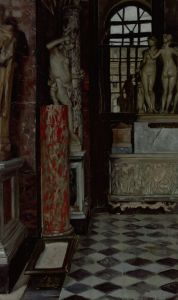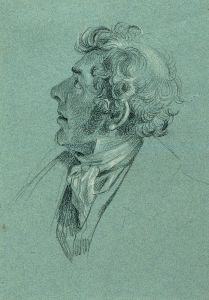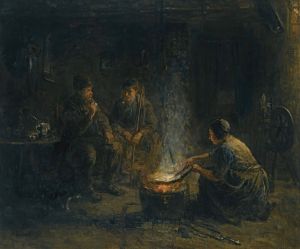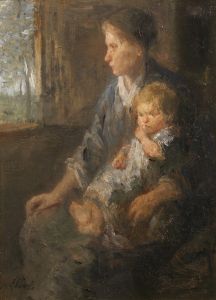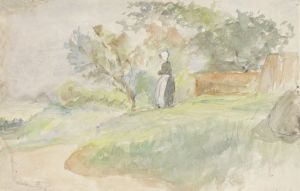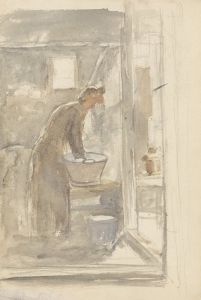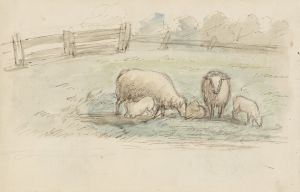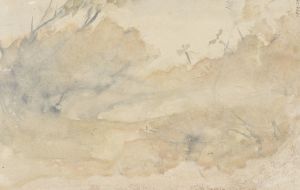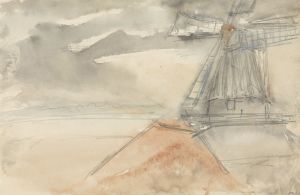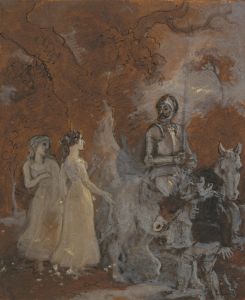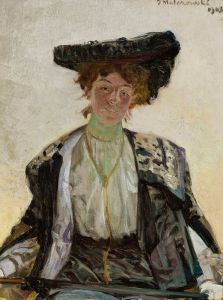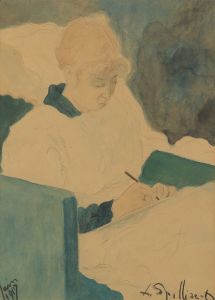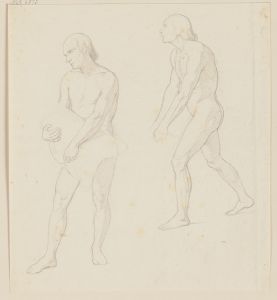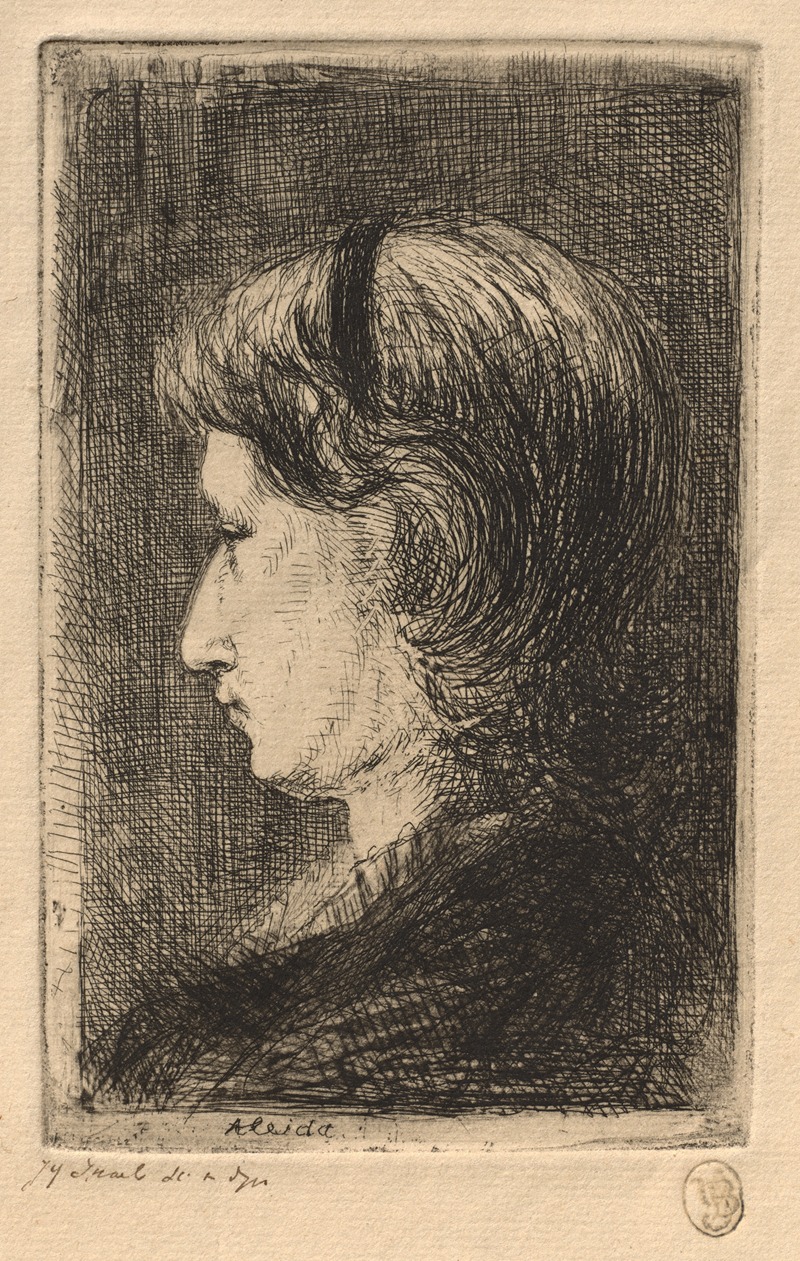
Portrait of Mrs. Israëls
A hand-painted replica of Jozef Israëls’s masterpiece Portrait of Mrs. Israëls, meticulously crafted by professional artists to capture the true essence of the original. Each piece is created with museum-quality canvas and rare mineral pigments, carefully painted by experienced artists with delicate brushstrokes and rich, layered colors to perfectly recreate the texture of the original artwork. Unlike machine-printed reproductions, this hand-painted version brings the painting to life, infused with the artist’s emotions and skill in every stroke. Whether for personal collection or home decoration, it instantly elevates the artistic atmosphere of any space.
Jozef Israëls, a prominent Dutch painter of the 19th century, is renowned for his contributions to the Hague School, a group of artists known for their realistic and often somber depictions of rural life. Among his many works, "Portrait of Mrs. Israëls" stands out as a significant piece, reflecting both his personal life and his artistic style.
Jozef Israëls was born on January 27, 1824, in Groningen, Netherlands. He initially studied at the Minerva Academy in Groningen and later continued his education in Amsterdam and Paris. His early works were influenced by the Romantic style, but he gradually shifted towards realism, focusing on the lives of fishermen and peasants. This transition marked his association with the Hague School, where he became one of its leading figures.
"Portrait of Mrs. Israëls" is a testament to Israëls' skill in portraiture, capturing the essence of his subject with sensitivity and depth. The painting depicts Aleida Schaap, Jozef Israëls' wife, whom he married in 1856. Aleida was not only his spouse but also a significant influence in his life, providing support and inspiration throughout his career. The portrait is believed to have been painted during the latter half of the 19th century, a period when Israëls had already established himself as a master of his craft.
In this portrait, Israëls employs a subdued color palette, a characteristic feature of the Hague School, which emphasizes mood and atmosphere over bright colors. The use of light and shadow in the painting highlights Mrs. Israëls' facial features, conveying a sense of introspection and calm. The background is kept simple, ensuring that the viewer's attention remains focused on the subject. This approach reflects Israëls' ability to capture the inner life of his subjects, a quality that earned him acclaim during his lifetime.
Jozef Israëls' work, including "Portrait of Mrs. Israëls," is often compared to that of the French Realist painter Jean-François Millet, as both artists shared a common interest in depicting the dignity and struggles of ordinary people. However, Israëls' portraits, particularly of his family members, reveal a more intimate and personal side of his artistry, offering insights into his private life and relationships.
Throughout his career, Israëls received numerous accolades and was widely exhibited across Europe. His works are held in high regard and can be found in major museums, including the Rijksmuseum in Amsterdam and the Van Gogh Museum. "Portrait of Mrs. Israëls" contributes to his legacy as a painter who not only captured the essence of Dutch rural life but also the personal and emotional depth of his subjects.
Jozef Israëls passed away on August 12, 1911, in The Hague, leaving behind a rich body of work that continues to be celebrated for its emotional depth and technical mastery. "Portrait of Mrs. Israëls" remains a significant piece within his oeuvre, exemplifying his ability to blend personal sentiment with artistic excellence.





